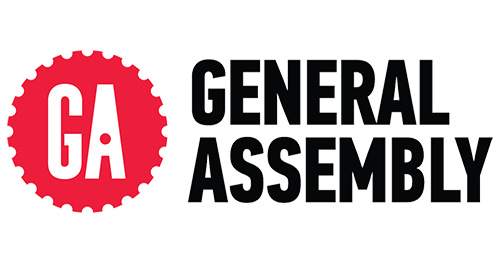Front End Web Development
Provided by General AssemblyCourse Overview
 FREE Industry Guide
FREE Industry Guide
Want to discover actual pay and employment rates for the industry? All this and more inside the guide.
This course is designed to give you all the skills necessary in the ever changing world of front-end web development.
You'll be introduced to industry standard technology such as HTML5, CSS3, JavaScript, jQuery, GitHub, and Sublime. Whats more your instructors will be industry professionals so you're well versed in the skills needed to become a front-end web developer. They'll teach you the frameworks, tools, vocabulary and best-practise to get you up to speed.
You'll actually build a fully responsive, interactive website so you can learn a real world example and put your newfound skills to the test.
Check out the subjects below to get a more detailed view of what you'll learn in this course.
Course Quick Look
- Awarded By:
- General Assembly
- Qualification:
- Other
- Study Mode:
- On-Campus
- Duration:
- 10 Weeks Part Time
- Nationally Recognised:
- NO

